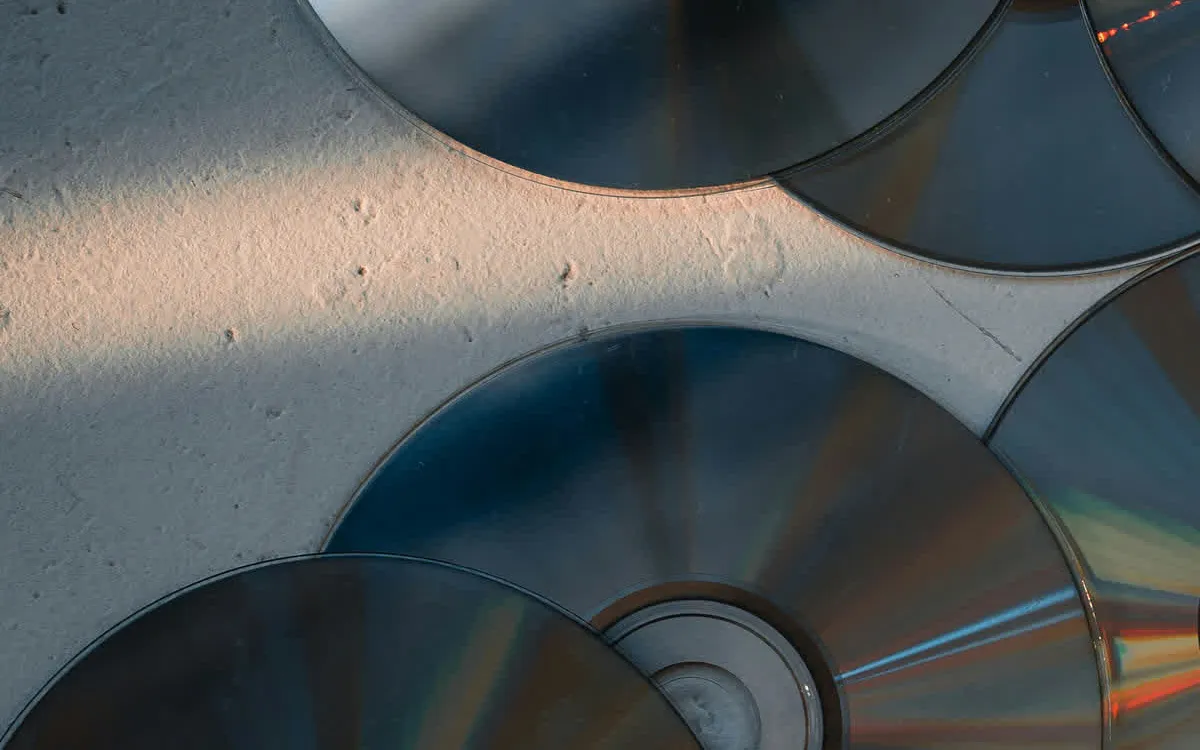
Through the looking glass: The journey of the compact disc over the last 43 years—from a technical experiment to a global standard—illustrates how international collaboration and innovative engineering can transform entire industries. More than just a music format, the CD has revolutionized the way we listen to, store, and share information, establishing a foundation for both modern digital media and personal computing. Its profound legacy continues to resonate within music culture and digital technology today.
On August 17, 1982, engineers at a Polygram factory in Langenhagen, Germany, made history by pressing the very first commercial compact disc, featuring the iconic Swedish pop group ABBA and their album, The Visitors. This milestone marked the introduction of a format that would significantly alter the landscape of both the music and computing industries for decades to come. Although the album had been released in late 1981, its selection as the inaugural CD symbolized a critical shift from analog records and tapes to a bright future of digital audio.
The concept of the compact disc had been brewing for several years prior to its release. In the late 1970s, two major players in the electronics industry, Philips from the Netherlands and Sony from Japan, were independently developing digital audio disc technologies. Philips had successfully created a prototype CD player and was eager to establish an international standard, while Sony made significant advancements in digital encoding and error correction methods.
In 1979, following Philips' demonstration of its prototype in Japan, both companies reached a pivotal agreement to collaborate. They formed a joint task force to define the technology and specifications that would shape the compact disc. Several crucial engineering decisions were made during this intense collaboration, including a disc diameter of 120mm and a playing time of just over 74 minutes. This duration was strategically determined to accommodate landmark classical recordings, such as Beethoven's Ninth Symphony.
The compact disc utilized a laser to read digital data encoded on its surface, employing an advanced technique known as eight-to-fourteen modulation (EFM) for efficient storage and CIRC (Cross-Interleaved Reed-Solomon Code) for error correction. The culmination of these engineering efforts resulted in the finalization of the Red Book standard in June 1980, which became the technical foundation for the entire CD audio market.
When CDs finally reached consumers, they offered a significant enhancement in sound quality and durability, effectively eliminating the pops and crackles commonly associated with vinyl records. Additionally, they introduced conveniences such as the ability to skip tracks instantly and replay music without any wear, which set them apart from traditional analog formats. By the early 1980s, hundreds of titles were available in this new format, and CD players began to appear in hi-fi shops across the globe. Despite initial skepticism regarding the long-term viability of this expensive technology, CD sales surged, peaking in the United States at nearly 943 million units in 2000.
The influence of the compact disc extended far beyond the realm of music. In 1985, the Yellow Book standard was established, defining the CD-ROM format, which enabled discs to store binary data and software. Three years later, the ISO 9660 file system provided a cross-platform directory and file structure, allowing CDs to be used as a universal medium for applications, archives, and multimedia content across various operating systems. This portability was a key factor in the widespread adoption of CDs in both personal and enterprise computing.
By the early 1990s, the introduction of CD burners and writable discs allowed consumers to create their own audio and data CDs, transforming the format into both a distribution channel and a personal storage solution. For a decade, CD-ROMs became essential for software installation, driver distribution, and even the release of operating systems. Although physical media has largely been displaced by streaming and digital downloads, CDs continue to hold a niche appeal among music enthusiasts who appreciate their fidelity and permanence.
In the computing world, the use of compact discs has diminished significantly over time, with many users now relying on other forms of storage. However, various types of optical drives remain in existence to access legacy software and archived data. The compact disc's journey from a groundbreaking innovation to a lasting cultural artifact highlights its enduring impact on both the music industry and the evolution of digital technology.